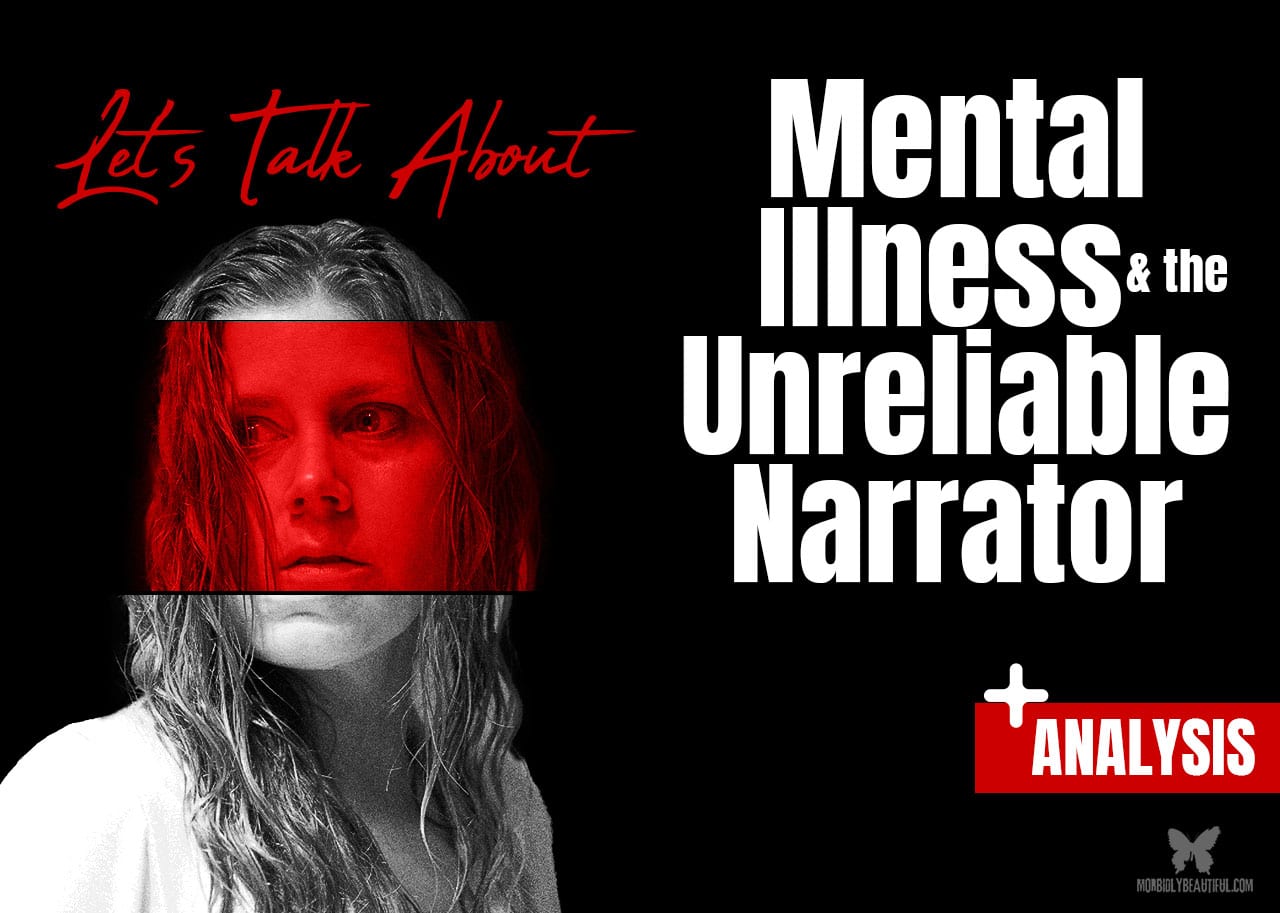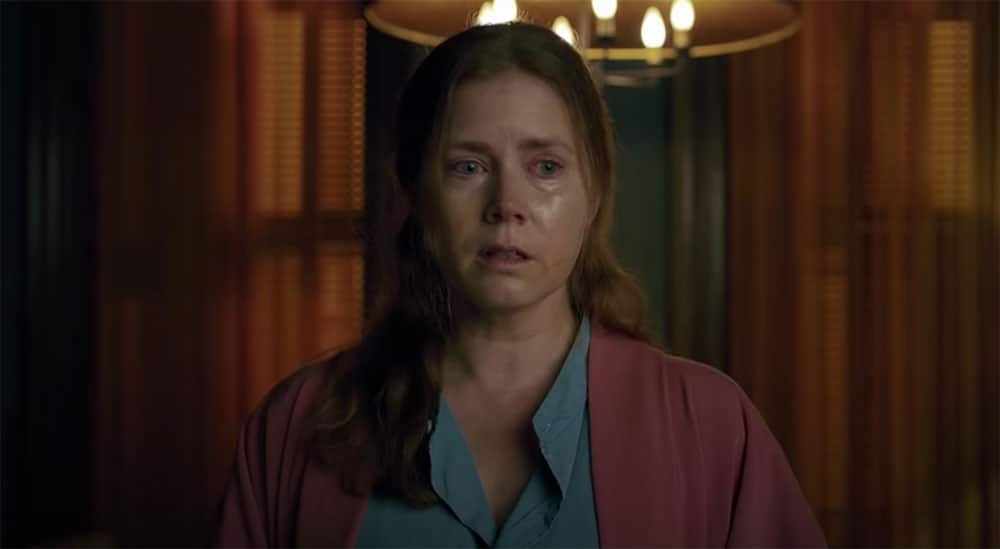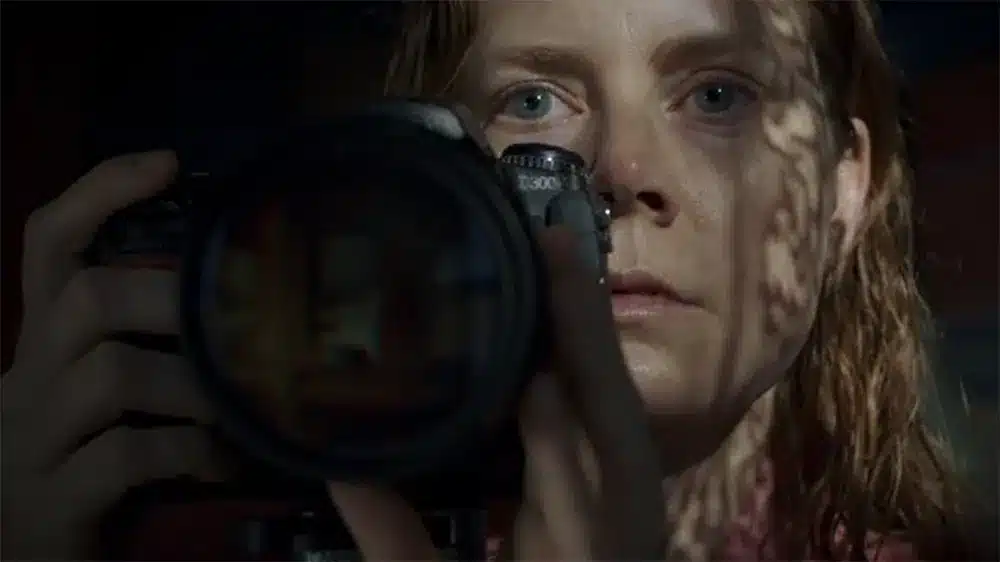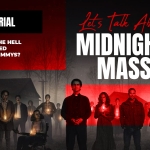Horror has a long and problematic relationship with how it depicts and stigmatizes mental illness, especially as it relates to women.
There is a frequently used tool in the world of horror and thriller, and that is the unreliable narrator. Whether the movie takes place in a psych ward or the main character is young, the audience is given a reason to wonder whether the scary things are real or all in their head.
A frequently used method of creating this eerie uncertainty is giving the main character a mental illness, especially one that they have to take medication for.
The main character is introduced as seeing something that likely isn’t there, then they take their pill, and the thing they were seeing disappears. Now, the audience has to wonder what is real and what isn’t for the rest of the film.
In recent memory, we have seen this in Books of Blood (2020), Last Night in Soho (2021), and The Woman in the Window (2021). It seems to be no coincidence that the lead character with psychosis in each of these films is female.
As a female with mental illness, something doesn’t feel right here.
Each of these films is what I would consider good, but it feels like a real Barbie (2023) situation. I know Barbie is not horror, but bear with me.
By now, many of us know about how horribly the male audience misread Barbie. Jo Koy has been ridiculed relentlessly on TikTok for the Matt Rife level of not-funny his jokes were. Somehow, some people fell into the patriarchy and objectified the people in a film meant to highlight the damage of objectification and the absurdity of patriarchy.
Well, the same seemingly paradoxical occurrence happens when people see mental illness create an unreliable narrator.
People spend the entire film thinking the main character really is just seeing things; that is, until the threat they’d been facing harms an undeniably real aspect of the world, such as a building burning down and appearing on the news or outsiders responding to the otherwise potentially made-up sights and sounds.
The most obvious example of this is The Woman in the Window, which is doubly upsetting because it was a book first.
The book was written by A.J. Flynn and published by William Morrow, an imprint of HarperCollins, in January 2018. Having read the book and watched the movie, I can safely say the film adaptation fairly follows the book, which is rare. However, an accurate adaptation of the book doesn’t make it a good film.
The story was flawed from the beginning, playing out far too similarly to Alfred Hitchcock’s Rear Window (1954).
In The Woman in the Window, Amy Adams plays Anna Fox, an agoraphobic woman with a traumatic past.
She has a therapist and a handful of medications that she is constantly told not to take with alcohol. Of course, she doesn’t listen. The unreliable narrator couldn’t have been set up more obviously.
The community’s common knowledge that Anna is a mentally ill woman leads the police to dismiss her, even when people are breaking into her house. She is the only one to witness a murder, and the murderer doesn’t even have to worry because no one will believe her.
The dark comedy series The Woman in the House Across the Street From the Girl in the Window (2022) stars Kristen Bell as Anna, an agoraphobic woman who mixes her medication with alcohol and witnesses a murder that no one believes happened. The stories basically line up to the “t.”
It is my understanding that the series was meant to be a spoof of the trope, a Scream-like take on films like The Woman in the Window because we have seen this story so many times. However, it does not even come close to touching Scream’s success.
According to The Guardian, the series even fails to be a spoof and instead is just another bad psychological thriller that relies on the stigma of mental illness.
In so many cases, the scariest thing is how society views people with mental illness.
Everything you say is taken with a grain of salt, and some people will take advantage of that. The scariest part, however, is that you are forced to confront that truth as you watch and question along with the police.
This type of psychological thriller is designed to make audiences second-guess the reality of the main character’s experiences, pointing out the deeply ingrained stigma that makes us devalue the claims of a person with mental illness; that’s a different kind of fear than blood and monsters.


















Follow Us!